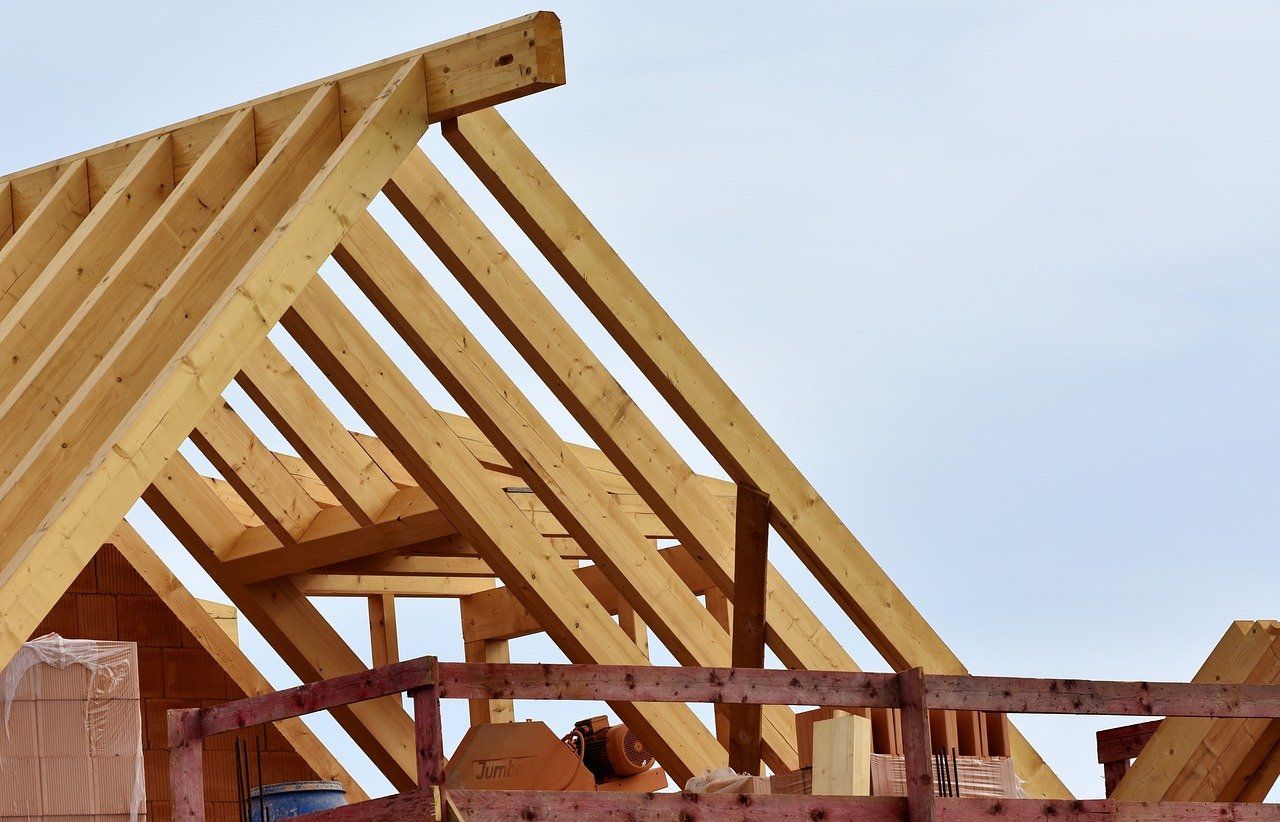How Weather Impacts Your Roof’s Integrity and What You Can Do
Introduction
When it comes to protecting your home, the roof plays a crucial role. It serves as a barrier against the elements, shielding you from rain, snow, wind, and sunlight. However, just like every other component of your home, your roof is not immune to wear and tear—especially when subjected to varying weather conditions. Understanding how weather impacts your roof’s integrity is essential for ensuring its longevity and maintaining the safety of your home. This article will delve into the various ways in which different weather conditions affect roofs and what you can do to mitigate potential damage.
How Weather Impacts Your Roof’s Integrity and What You Can Do
Weather conditions can have a profound impact on your roof's structural integrity. Whether it's heavy rainfall leading to leaks or intense heat causing materials to warp, understanding these effects enables homeowners to take proactive steps in safeguarding their roofs.
1. The Effects of Rain on Roof Integrity
1.1 Understanding Rain Damage
Rain can lead to significant issues for roofing systems if not properly managed. Over time, consistent exposure to moisture can result in:
Mold Growth: Moisture accumulation creates an inviting environment for mold and algae. Leaks: Water pooling on the roof or improperly sealed areas can lead to leaks, compromising the integrity of your home's interior.
1.2 Preventative Measures Against Rain Damage
To protect against rain damage:
Schedule regular roof inspections with licensed roofing contractors. Invest in quality drainage systems such as gutters and downspouts. Consider applying waterproof sealants during routine maintenance.
2. The Impact of Snow and Ice on Roofing
2.1 Snow Accumulation Challenges
Heavy snowfall can put immense pressure on rooftops, especially flat roofs that are unable to shed snow easily.
Structural Damage: Accumulated snow can lead to sagging roofs or even collapse. Ice Dams: Melting snow can refreeze at the eaves, causing ice dams that block proper drainage.
2.2 Solutions for Snow and Ice Management
Homeowners should take proactive steps:
Regularly clear snow accumulation using a roof rake. Ensure proper insulation in attics to minimize heat loss.
3. Wind Damage: A Silent Threat
3.1 Understanding Wind Effects on Roofs
High winds can cause shingles or tiles to loosen or blow away altogether, leading to:
Increased vulnerability to moisture intrusion. Potential for complete roof failure under extreme conditions.
3.2 Precautions Against Wind Damage
To safeguard against wind-related problems:
Hire certified roofing contractors who use high-quality materials designed for wind resistance. Reinforce weak points in your roofing system.
4. The Role of Sunlight in Roofing Wear and Tear
4.1 UV Rays and Material Degradation
Prolonged exposure to sunlight can degrade roofing materials over time:

Asphalt shingles may become brittle and lose granules. Metal roofs might experience fading or discoloration.
4.2 Mitigation Strategies for Sun Exposure
Implementing protective measures includes:
Choosing reflective materials that minimize heat absorption. Applying UV-resistant coatings during maintenance services.
5. Hail Damage: An Unpredictable Menace
5.1 How Hail Affects Different Roofing Materials
Hailstorms pose unique threats depending on the roofing material used:
Asphalt shingles may dent or crack upon impact. Metal roofs could suffer from punctures or dings.
5.2 Addressing Hail Damage Promptly
In cases of hail damage:
Seek emergency roof repair services immediately after storms. Have a thorough inspection conducted by experienced contractors.
6. Temperature Extremes: Hot vs Cold Effects on Roofing Materials
6.1 How Extreme Heat Affects Your Roof
Extreme heat can cause roofing materials to expand and contract rapidly:
This leads to cracks in tiles or shingles over time.
6.2 Cold Temperatures’ Impact on Roofs
Cold weather can have its own set of challenges including brittleness in certain materials such as shingles:
Brittle materials are prone to cracking under pressure.
6.3 Managing Temperature Effects on Your Roofs
Consider these strategies:
Choose temperature-resistant roofing materials tailored for your local climate conditions.
7. Storm Preparedness: Essential Steps Before Severe Weather Hits
7.1 Proactive Inspection Techniques Before Storm Season
Before storm season arrives, it's crucial to conduct thorough inspections:
Look for loose shingles or visible wear that might exacerbate storm damage risks.
7.2 Emergency Plans for Homeowners During Storms
Preparation is key; establish an emergency plan that includes contacting certified roofing contractors for immediate assistance if needed.
FAQs About Roofing Integrity
1. What are common signs that my roof needs repair?
Common signs include missing shingles, water stains on ceilings or walls, visible mold growth, and sagging areas of the roof structure.
2. How often should I schedule a roof inspection?
It is recommended that homeowners schedule a professional inspection at least once a year, ideally before storm seasons begin.
3. What should I do if I discover a leak in my roof?
If you find a leak, contact an emergency roofing repair company immediately to assess the problem and prevent further damage.
4. How much does roof repair typically cost?
The cost varies based on factors such as location, extent of damage, material type, but average costs range anywhere from $300–$1500 depending on specific repairs needed.
5. Can I perform temporary repairs myself?
While some minor repairs may be manageable by homeowners (such as patching small leaks), it’s always advisable to consult with licensed professionals for more extensive issues.
6. When is it better to replace rather than repair my roof?
If roofing services your roof is nearing its lifespan (typically 20+ years) or has extensive damage across multiple areas requiring frequent repairs, replacement may be more cost-effective long-term.
Conclusion
Understanding how weather impacts your roof’s integrity is essential not only for preserving its lifespan but also for ensuring the safety of those who inhabit your home or commercial space beneath it! By being proactive about inspections and maintenance while working with trusted licensed roofing contractors throughout all seasons will help mitigate risks associated with various weather conditions effectively!
Taking action now means less stress later—so don't wait until that next storm rolls through! Invest in quality residential or commercial roofing services today!